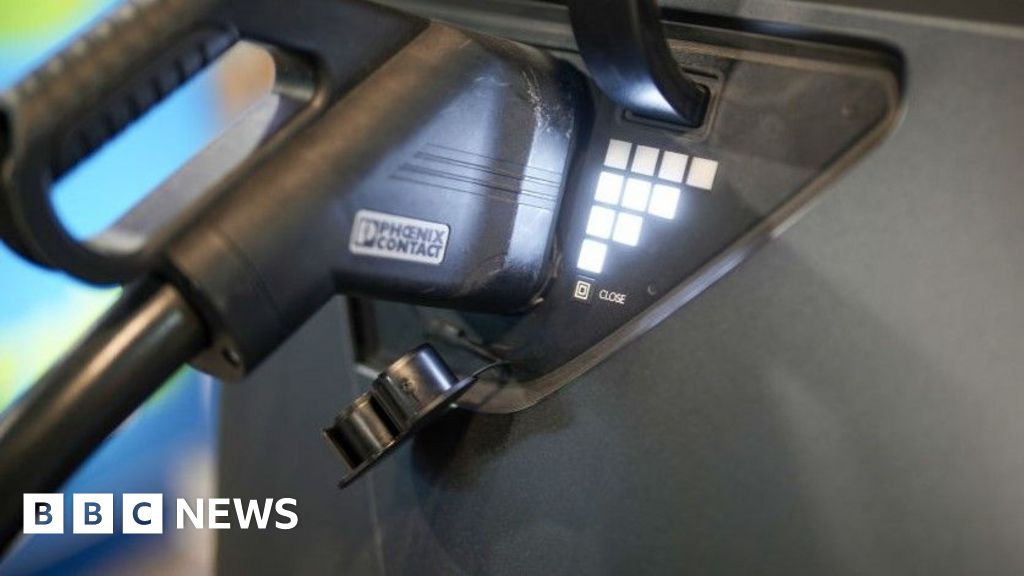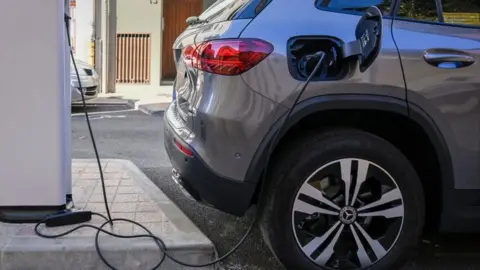Interpretation II on the Application of Law in the Trial of Labor Dispute Cases by the Supreme People’s Court of the People’s Republic of China came into effect on 1 September, with the aim of unifying China’s legal framework and offer consistent guidance for handling labour disputes nationwide.
The primary objective of Interpretation II is to promote stability in labour relations and the broader market, while striking a fair balance between the rights and obligations of employers and their employees. However, some provisions do not fully align with local approaches, so employers should closely monitor legislative developments and judicial trends in the provinces and cities in which they operate. They should also proactively review their own HR policies to ensure compliance with the best practices indicated by the Supreme People’s Court.
Multi-entity employment within affiliated enterprises
Interpretation II clarifies that when an employee works for multiple affiliated entities, whether alternately or concurrently, without a written labour contract, courts may recognise the existence of a labour relationship based on the actual conduct of both the entities and the employee.
This assessment may include, but is not limited to, factors such as working hours, job responsibilities, wage payments and social insurance contributions. Additionally, courts may support claims requiring affiliated entities to jointly bear responsibility for wages and benefits, unless a valid agreement has been established between the employee and the affiliated entities that clearly allocates these obligations.
Foreign nationals with permanent residency
Interpretation II affirms that foreign nationals with permanent residency in China can establish labour relationships with PRC employers without the need for a separate work permit.
This aligns with recent practices adopted by the national immigration administration and human resources authorities. However, it is important to note that the Ministry of Public Security retains the authority to revoke permanent residency under certain circumstances, which could affect the individual’s eligibility for employment in China.
Consequences of non-payment of social insurance
Under applicable laws, employers who fail to pay social insurance contributions are not only required to make retroactive payments, but may also face claims from employees for losses related to social insurance benefits. In addition, employees are entitled to terminate a labour contract on the basis of an employer’s failure to pay social insurance contributions, and to seek severance compensation.
In practice, some employers and employees enter into agreements to waive social insurance contributions, with employees instead receiving corresponding subsidies from the employer. However, disputes frequently arise when employees exit the company and pursue legal action for unpaid social insurance. Prior to the issuance of Interpretation II, the handling of such cases varied in local courts. In situations where an employee had explicitly agreed to waive social insurance contributions, some courts upheld the employee’s right to terminate the contract and claim severance, while others rejected this type of claim on the grounds that it violated the principle of good faith.
Interpretation II explicitly states that any agreement or waiver by an employee regarding the non-payment of social insurance is invalid. Employees retain the right to terminate the labour contract and claim severance compensation, however, if the employer subsequently fulfills its legal obligation by making the required contributions, it may request the employee to return any social insurance subsidies previously received. This provision is intended to strike a fair balance between the rights and obligations of both employers and employees.
Failure to sign written labour contracts
Under Interpretation II, if a written labour contract is not signed due to unexpected events preventing a party from fulfilling their contractual obligations, the employee’s intentional delay, gross negligence or other legally recognised circumstances, the employer is not liable for the statutory penalty of double wages. This aligns with prior judicial practice in many regions, where courts have exempted employers from penalties in cases where the employee deliberately avoided signing the contract, particularly when the employee held a senior management or HR position.
The interpretation further clarifies that automatic contract extensions triggered by statutory circumstances, such as medical leave, maternity leave, agreed service periods or union duties, do not require the employer to re-execute a labour contract.
Additionally, if an employee continues working after the contract has expired and the employer does not raise any objection within one month, the employee may request that the contract be renewed under the original terms. Once the renewed contract expires, the employee may further request the establishment of an open-ended labour contract. This provision expands the scenarios in which employers are obligated to offer open-ended contracts, representing a substantive shift from previous local practices.
Overall, Interpretation II aims to prevent the abuse of labour rights while also raising employer standards around the entire process of labor contract execution and termination.
Non-fixed term contracts and anti-evasion measures
Interpretation II clarifies that the expiration of a second fixed-term contract will occur when:
- the employer and employee agree to amend the contract, extending the contract term for a cumulative period of one year or more, and the extension subsequently expires;
- the contract is automatically extended upon expiration, and the extension period expires;
- the employee continues working in the same role and location, but the employer changes the contracting entity while maintaining management over the employee; and
- there is any other conduct that violates the principle of good faith and is intended to circumvent the obligation to offer a non-fixed term contract.
These provisions are designed to prevent employers from evading their statutory obligation to offer an open-ended employment contract after two consecutive fixed-term contracts. Notably, the first scenario relaxes previous requirements in some regions, where local courts deemed any extension as constituting a second fixed-term contract. This adjustment grants employers some flexibility before being required to offer a non-fixed term contract.
Service period agreements with special benefits
Interpretation II stipulates that when an employer provides special benefits beyond the regular salary and bonus scheme in exchange for a service period commitment, and the employee breaches the agreement without a lawful reason, the court may determine compensation based on actual losses, the degree of fault and the length of service already performed.
Previously, employees were generally permitted to resign with 30 days’ notice, regardless of any service period commitment in the employment contract. Compensation for breaching a service period agreement was typically enforceable only if the employer had invested in training the employee, and that compensation was usually limited to the cost of training.
Interpretation II expands the enforceability of service period agreements. In practice, employers often offer benefits such as household registration assistance, signing bonuses, housing, or equity incentives to attract and retain talent. However, due to the lack of clear legal provisions, enforcement of these agreements has previously varied across regions, and employers have often faced challenges when seeking to recover losses from employees who breach service period commitments. Interpretation II now provides a clear legal basis for employers to recover their losses in these circumstances.
Scope and reasonableness of non-compete clauses
Interpretation II provides that non-compete obligations do not apply to employees who have not accessed or been exposed to the employer’s trade secrets or intellectual property. These employees may challenge the validity of any non-compete agreement that they have signed. The scope, geographic coverage and duration of non-compete clauses must be proportionate to the employee’s actual exposure to confidential information and any excessive provisions will be deemed invalid.
Courts are increasingly scrutinising the reasonableness of non-compete clauses, recognising that overly broad restrictions can significantly impact an employee’s ability to work. Interpretation II reinforces the need for tailored and proportionate clauses that protect legitimate business interests without unduly restricting employment rights. This development sets a higher standard for employers when drafting non-compete agreements. A brief and generic non-compete clause embedded within a standard employment contract may no longer be effective.
Proactive steps
Some provisions in Interpretation II may not fully align with existing local regulations or judicial practices in some regions. It is not yet clear which local authorities will revise their rules and practices to conform with the Supreme People’s Court’s guidance, or whether transitional arrangements will be introduced.
Until there is further clarity, employers should closely monitor legislative developments and judicial trends in their respective provinces and cities. By proactively aligning internal policies with these recommendations, employers can reduce the risk and cost of labour disputes by introducing preventive measures and management mechanisms.
Multi-employment and secondment
For employees working across multiple affiliated companies or on secondment, labour contracts should clearly specify the legal employer, the employee’s roles and responsibilities in respect of other entities, allocation of wage payments, social insurance and other employment obligations.
Autorenewal and open-ended contracts
To manage risks related to automatic renewals and open-ended contracts, labour contracts should be signed before the employee’s start date. HR systems should be used to track contract start and end dates, extension periods, and the number of times contracts have been signed.
Contract expiration
Automated alerts should be set two months prior to the expiration of a contract or any extension period, and employers should issue formal reminders to employees who refuse to sign. Automatic renewal clauses in employment contracts should be avoided, and all related communications should be retained.
Invalidation of non-compete agreements
To avoid invalidation of non-compete agreements:
- use standalone non-compete agreements for key personnel, such as executives, technical experts and sales leads, and avoid including broad, ‘one-size-fits-all’ non-compete clauses in standard employment contracts;
- tailor the scope, geographic coverage, and duration of non-compete restrictions to the employee’s actual access to confidential information;
- retain evidence of the employee’s access to confidential information; and
- periodically review and update non-compete agreements to ensure their continued relevance and enforceability.
Paying social insurance.
To manage the risks associated with failure to pay social insurance, employers should review historical agreements to identify whether there are any non-payment cases, understand the reasons for non-payment, assess the seriousness of the situation, and determine what agreements have been made with employees regarding such non-payment. Employers should also develop remedial plans for unpaid contributions to minimise future disputes.
Special benefits
When offering special benefits in exchange for a service period commitment, enter into a special agreement that clearly specifies any special benefits are offered as consideration for the employee’s commitment to a defined service period, and that such benefits constitute additional payments beyond regular salary and bonus.
Breach of contract
Currently, ‘loss compensation’ is used as the solution for breach of contract. As a result, the company should retain relevant payment records and supporting documents to substantiate any actual losses incurred due to an employee’s breach.











